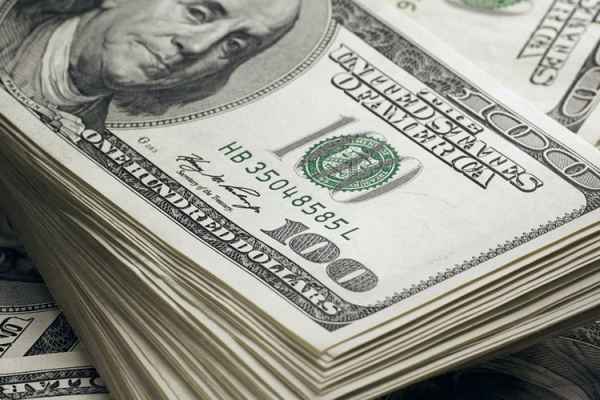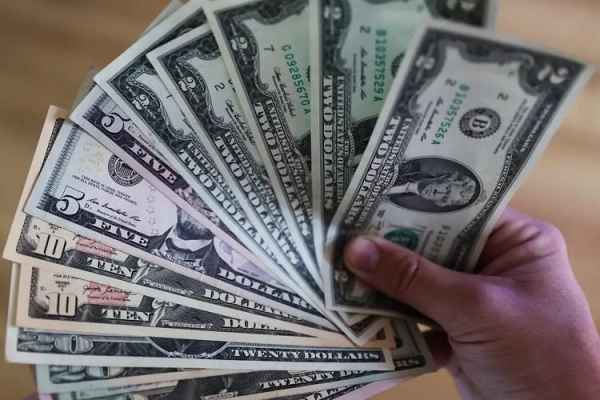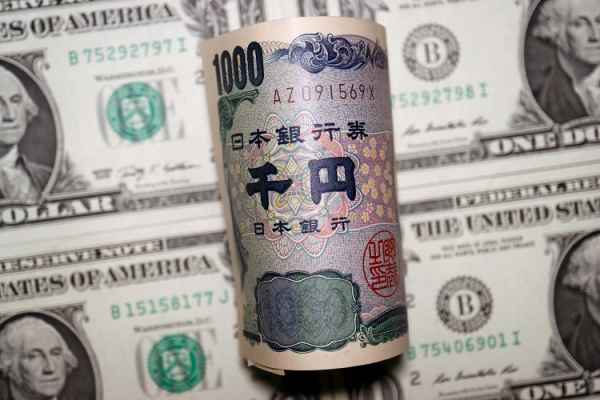GBP/USD hit a one-week low at 1.1989, while EUR/GBP is sticking out for the first time in over a week.
The GBP/USD rate has experienced very high volatility over the past two days. Sterling had rocketed to its highest level of 1.2180 yesterday thanks to better-than-expected labor market conditions. However, its position immediately slumped due to the greenback appreciation in the same session.
The pound sterling exchange rate has further depreciated following the publication of UK inflation data and US retail sales this evening. When the news was written in the early New York session (15/February), GBP/USD had hit a one-week low at 1.1989.

GBP/USD Daily chart via TradingView
The Office for National Statistics reported that prices in the UK decreased by -0.6% (Month-over-Month) in January 2023. This was much weaker than the consensus estimate of -0.4%. The core consumer price index fell even more sharply by -0.9% (Month-over-Month) in the same period.
The UK consumer price index shows a marked and sustained disinflationary trend for the third month. The headline inflation rate decreased from 10.5% to 10.1% annually, while the core inflation rate subsided from 6.3% to 5.8%.
Market participants regard it as a dovish signal for the Bank of England's (BoE) policy. As a result, falling British inflation data triggered a slump in the pound sterling exchange rate against various other currencies.
The EUR/GBP exchange rate is sticking out for the first time in more than a week. GBP/JPY has also slammed from the key resistance threshold at 162.00 for the fourth time since December.
"The weakness in core services inflation is a risk to our forecast for a 25 bps (BoE rate) hike in March, which is our base scenario given the strength in the labor market," said Abbas Khan, an economist at Barclays. Inflation and the labor market, to be released ahead of the March (BoE) meeting, will be essential."

 Dedicated FREE FOREX VPS
Dedicated FREE FOREX VPS Free FOREX Virtual Private Server
Free FOREX Virtual Private Server MT4 Demo Contest, Get $500
MT4 Demo Contest, Get $500 Sign Up for an Account, Claim 60% Deposit Bonus
Sign Up for an Account, Claim 60% Deposit Bonus Free MT4/MT5 VPS 2024
Free MT4/MT5 VPS 2024 Send E-mail and Get Free Merchandise
Send E-mail and Get Free Merchandise $1K Refer a Friend Bonus for Pepperstone Pro clients
$1K Refer a Friend Bonus for Pepperstone Pro clients Maximize Your Earnings with 100% Deposit bonus
Maximize Your Earnings with 100% Deposit bonus Trade to Win, $5,000 Monthly Demo Contest
Trade to Win, $5,000 Monthly Demo Contest Claim 30% + 15% Deposit Bonus from LiteFinance
Claim 30% + 15% Deposit Bonus from LiteFinance






